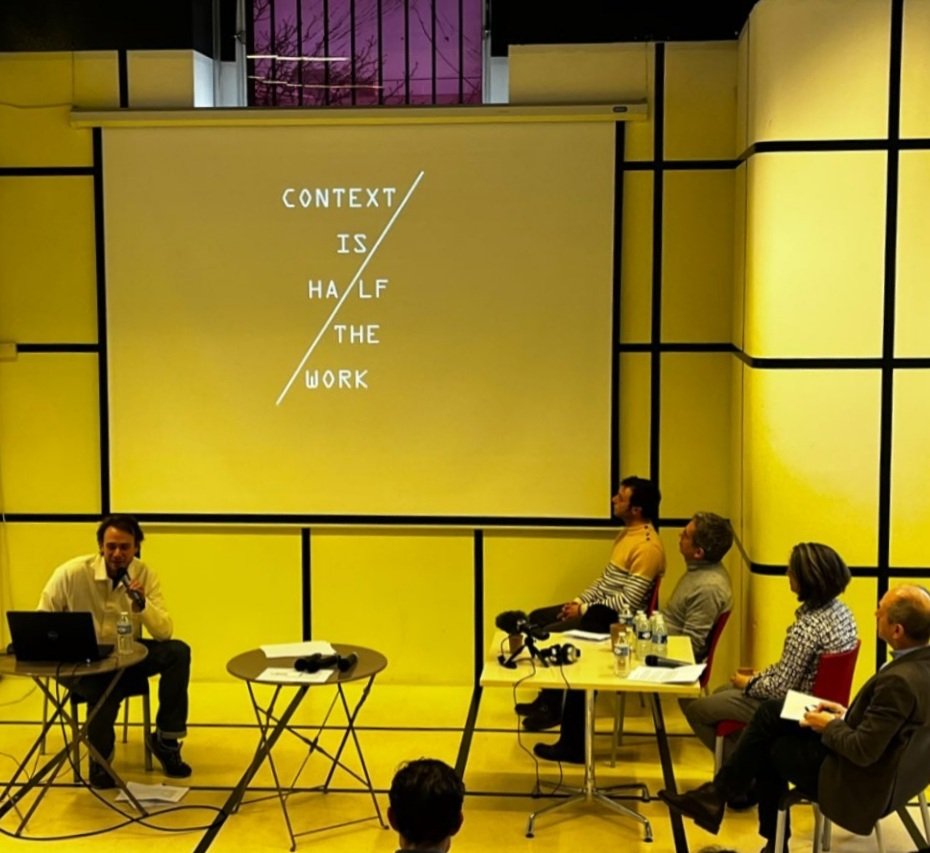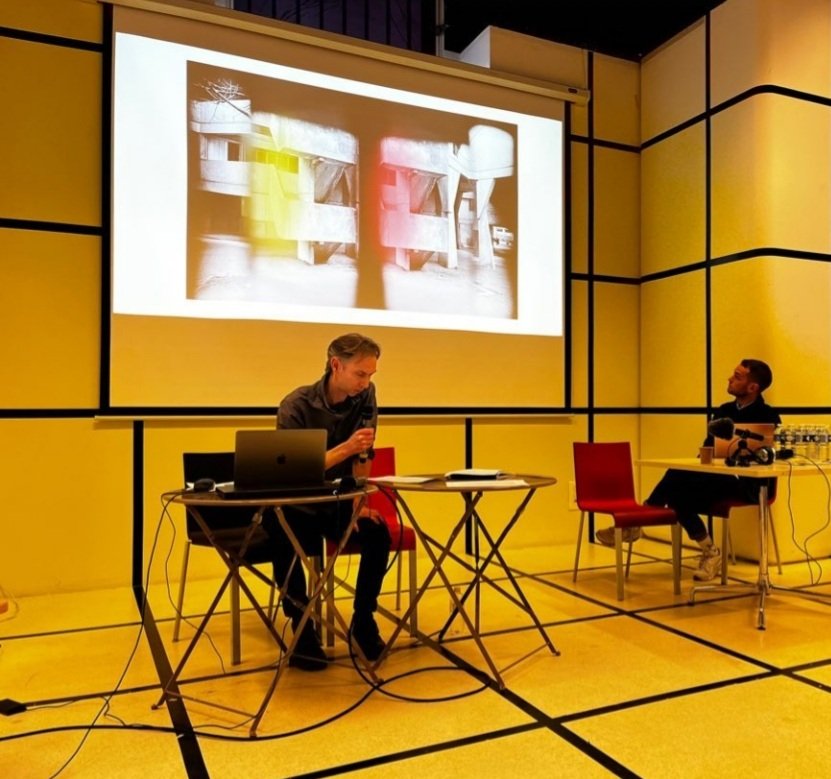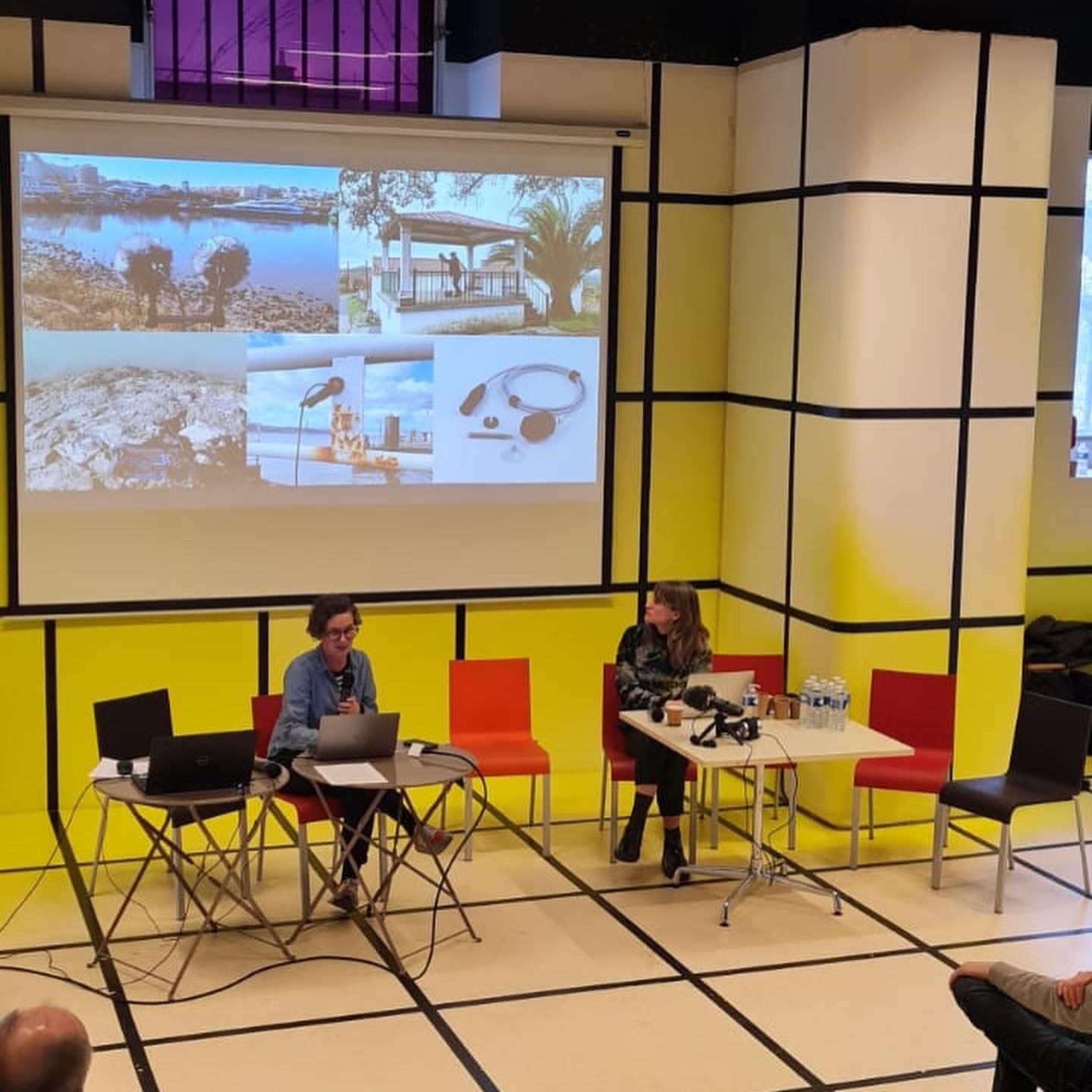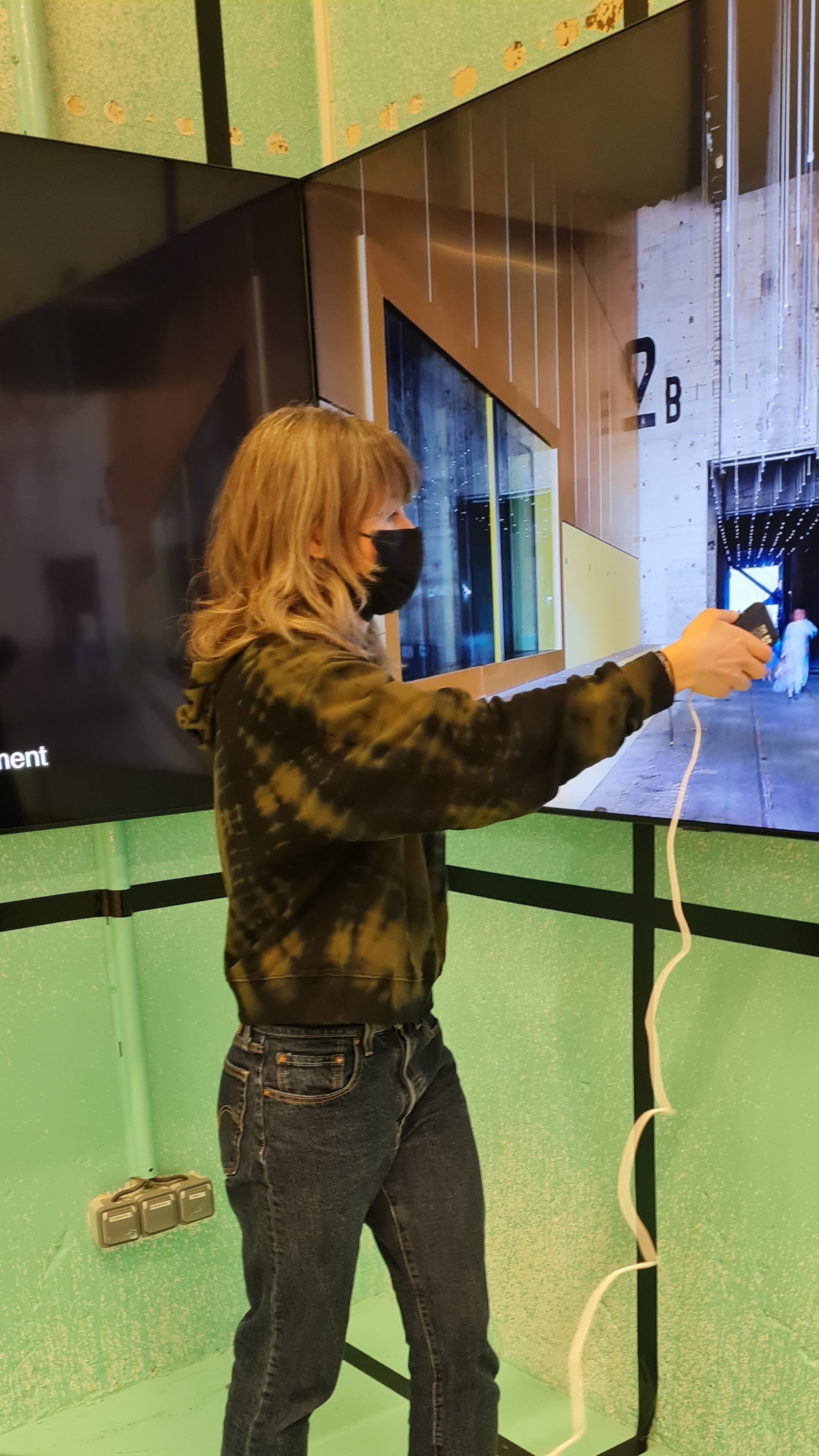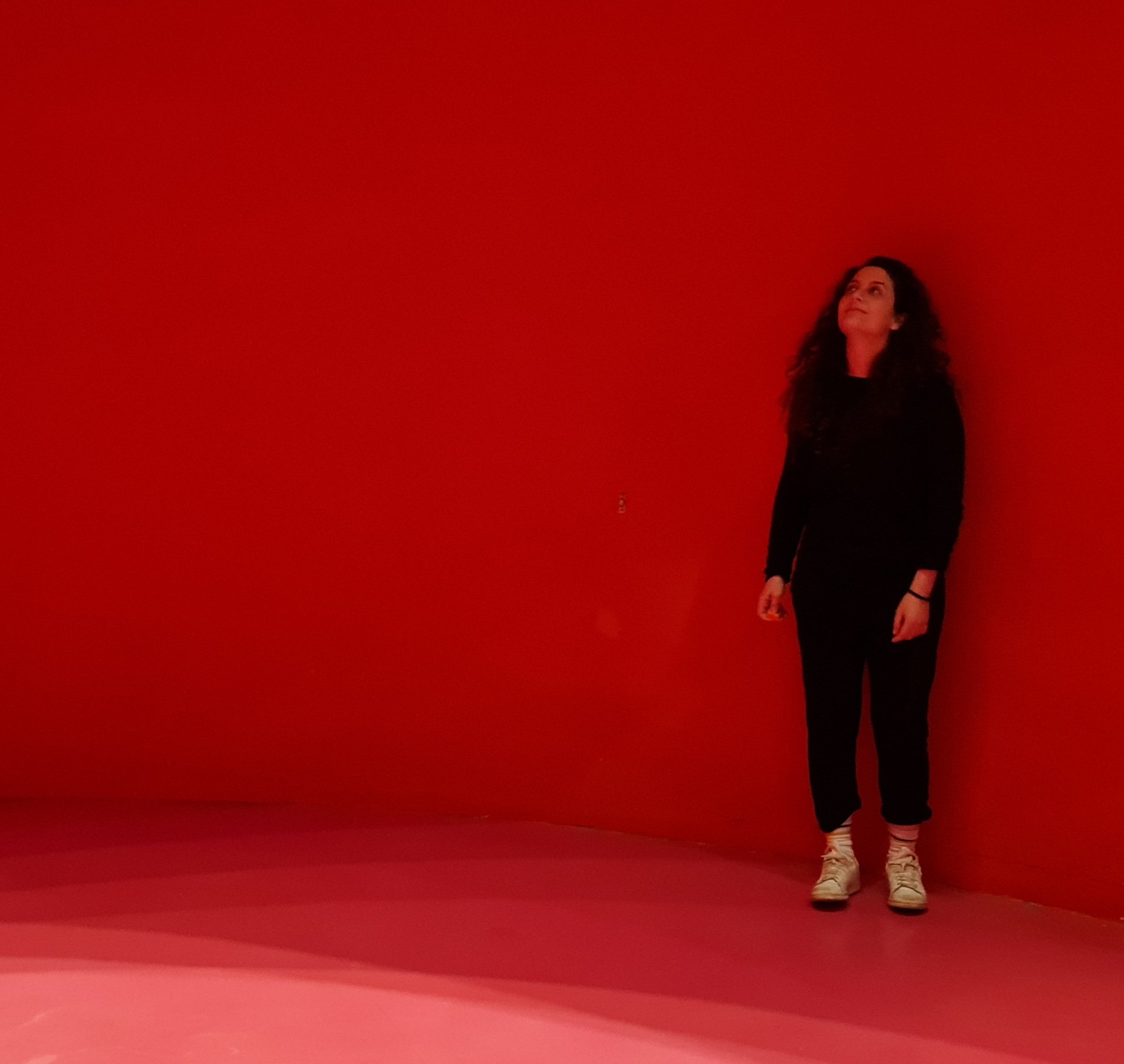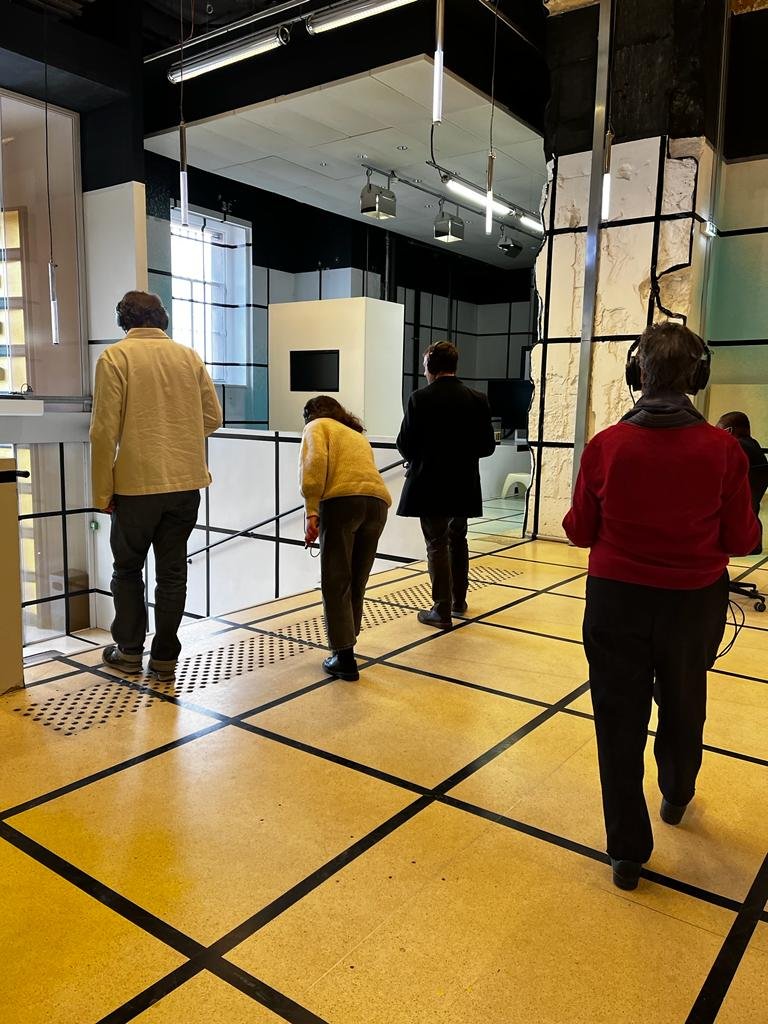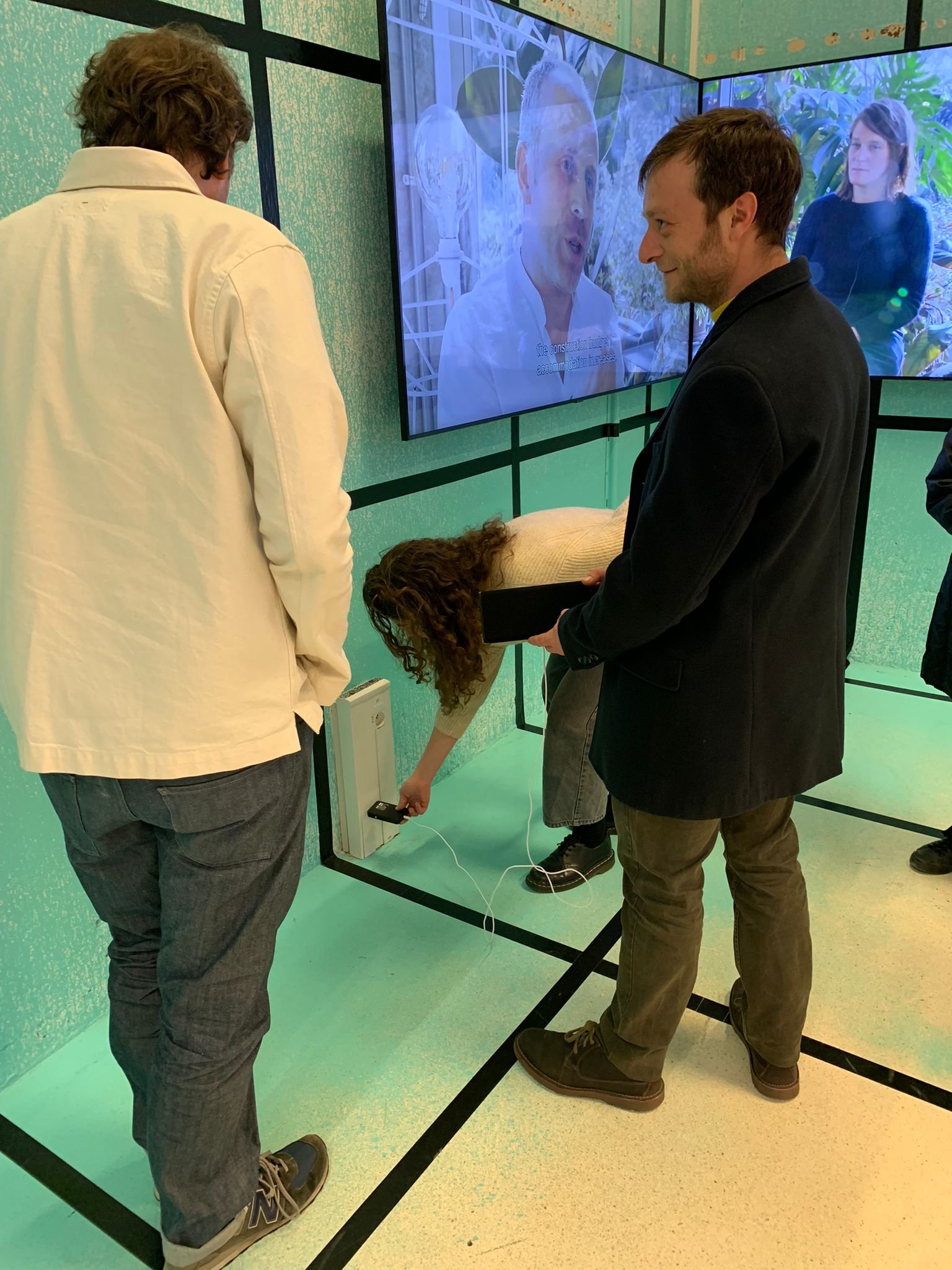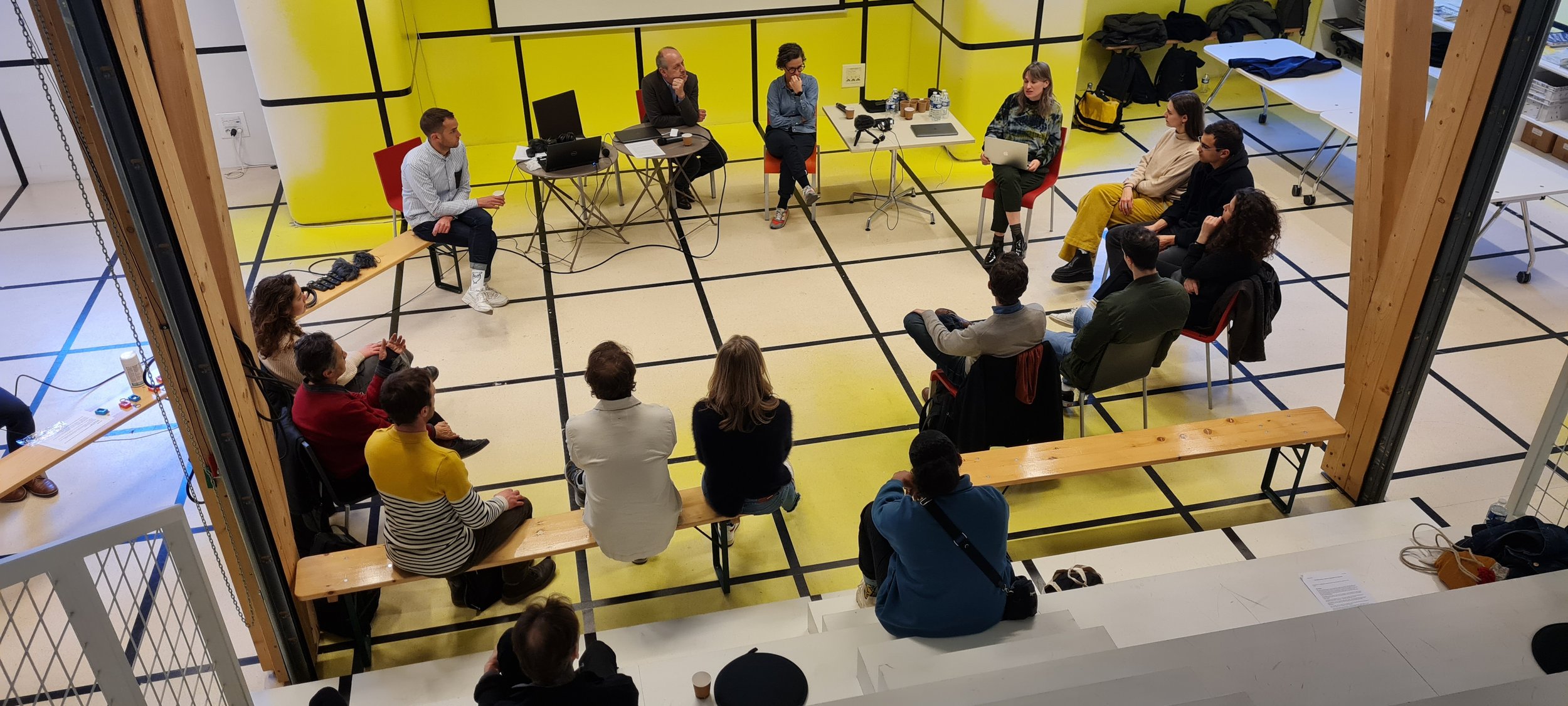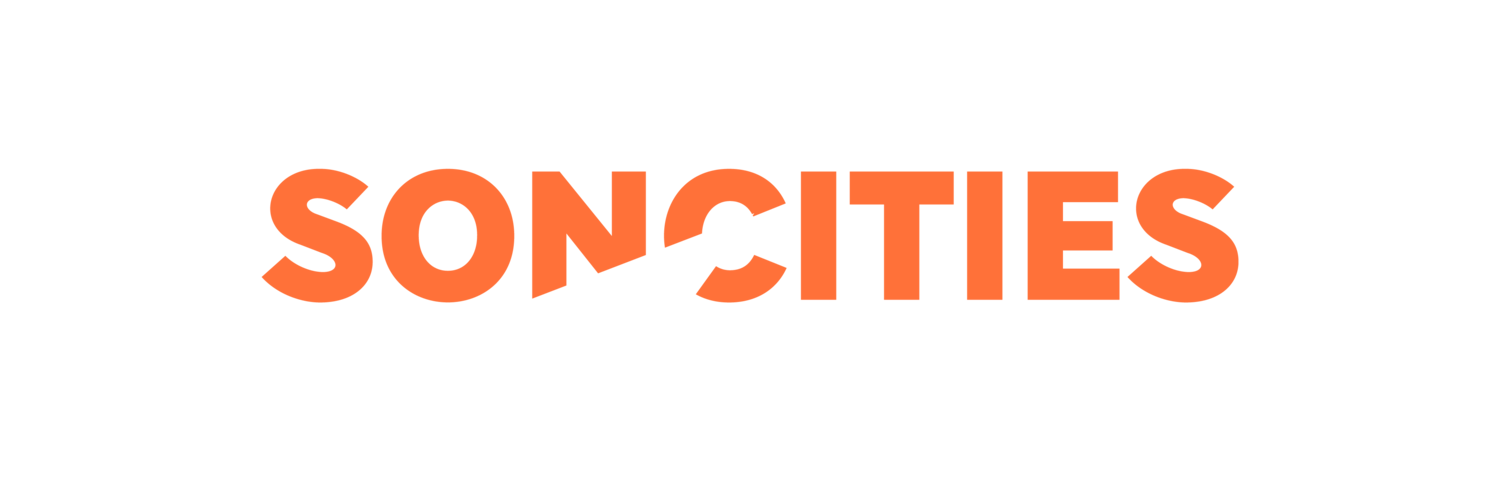From the City to the Museum: Listening to Urban Architecture
Saturday 5th March 2022 | Cité de l’Architecture et du Patrimoine, Paris
From the City to the Museum: Listening to Urban Architecture invited researchers, participants and members of the public to tune into the museum as a living architecture full of sounds, and to the museum as a vibrant entity within the wider sonic ecology of the city.
SONCITIES was delighted to join forces with Eric de Visscher for this event, united by our ongoing and shared research interest in a better understanding of how we experience and co-produce our sonic environments.
Specifically, this event proposed the museum as urban microcosm, drawing on the wider framework of de Visscher’s critical residency at Cité de l’Architecture et du Patrimoine, themed Musée Polyphonique, itself a response to the ICOM’s controversial redefinition of the museum as a site of “inclusive and polyphonic democratization”, in Kyoto 2019.
From this starting point, contributors to the morning panels presented and discussed experimental projects and interventions across a range of topics, showcasing how architects, artists and researchers have used sound to open up qualitative, inclusive, participatory and creative perspectives to think through the museum at the scale of the city.
In the afternoon we enjoyed a series of short workshops designed and led by SONCITIES researchers Chrissy Stirling, Matilde Meireles and Ruth Bernatek, where participants were invited to think about what it means to listen critically to our environment, and how this might be put into practice.
Introductory remarks were given by Eric de Visscher and Gascia Ouzounian, and John Bingham-Hall, in French and English respectively. In her introduction, Ouzounian emphasised the constellation of past and current conversations animating the day, and which resonate with aims of the SONCITIES research group, who investigate the sonic politics of cities and sonic habitus of urban communities through ethnography, sound mapping, urban scoring, and sound essays, and understand the soundscape not as an object but as a product of social, economic, political relations.
Morning Session | Listening to the City: Sonic Urbanism at the Museum
With a specialist design background in concert halls, music venues and live cultural events, architects Stéphane Roux & Marie-Agnès Blond emphasised the potential for creating a through-line of ‘acoustic connectivity’ between the museum and city.
Whereas concert halls are purposefully configured to isolate internal activity from external environments, creating a bunker-like sonic focus (for example through the use of different absorbent materials, constructed volumes and electroacoustic technology). Blond and Roux suggested a repurposing of this dynamic, between sonic openness and containment, to reveal the contrasts and transitions between different acoustic-spatial signatures within the museum. Perhaps even using this as a tool for navigation.
This also raised questions around value judgements of focus and the notion of a ‘focused’ sound within a museum. For example, what is at stake if we shift our focus from curatorial clarity, between specific sounds and exhibition display, towards a more peripheral forms of listening, that leaves connections between sound and exhibition more ambiguous? How would it change our encounter with the museum?
Researcher Nathan Belval continued to probe ideas around acoustic focus by proposing a method of engaged dimensional listening processes–across pitch, duration, intensity, timbre, and space–to create renewed relationships between sound and the museum. Based on his recent Phd research, which centred on qualitative sound integration in urban design, Belval suggested that the existing sonic ecosystem and acoustic environment of the museum be enhanced by ‘interstitial listening’, drawn from theoretical and compositional practices pioneered by Pierre Mariétan, Louis Dandrel, and Michel Risse.
Following immediately on, artist and researcher Sven Andersen showed how his collaborative design projects suggest different models for challenging structures of artist participation within institutions, as well giving the public increased agency over their sonic environment. Two unrealized proposals, the Holocaust Memorial International Design Competition (2015) and Pulse Nightclub Memorial (2019), both confront how communities have tolerated violent acts of silencing but may also seek silence and ‘quiet’ in response to traumatic events. In the Holocaust proposal, delicate recordings of sounds and spoken testimonies are only detectable by pressing your ear to the wall; each voice of the past is heard against the sounds of the present city. Whereas the noisy energy of Pulse assumes a fresh sonic form, surging out into the city and emerging as a new music label that would be the core of the museum. Both explore the idea of the memorial as a fragile site of active listening, mingled with the live signal of the city, highlighting how a museum can interact with a community of people through sonic production, sonic memory, resistance, commemoration, and celebration.
SONCITIES researcher Ruth Bernatek also considered how urban events are remembered, represented, and reconfigured through sound or the absence of sound, now approached from the idea of archive. Departing from three artistic prompts, Adolf Loos’ fantasy of musical sounds being inscribed in the wall of the Bösendorfer Saal (192); Jacob Kirkegaard’s sonic materialisation of ‘Four Rooms’ from Chernobyl’s zone of alienation (2005); and Merijn Royaards’ sonic excavation of Beirut’s civil war in City of Impulse (2018). Ruth asked difficult questions about processing evidence, and ethics, when sonic archives are experienced at an architectural scale. When thought about in terms of the museum, asking what experience of ‘missing sounds’ can be experienced by the visitor?
Architect and architectural historian Sarah Lappin directly addressed the so-called acoustic qualities of heritage, as a means to move beyond Western heritage frameworks that are based on aesthetic qualities of building and material attributes. Locating her prompt around contemporary performance projects that ‘activate’ the abandoned spaces of post-industrial buildings in Belfast, she affords sound a sort of protective capability, whilst simultaneously creating and reaching new audiences. For buildings and spaces that are retained by cities (but not looked after) Lappin suggests these performative interventions provide architecture with a powerful way to speak up for itself.
Our last speaker of the morning, architectural historian and theorist Robin Wilson, invited us in with the childhood memory of a circular saw that cuts (mechanically) through wood and (sonically) across spatial registers. The sound of the blade opening up a new imaginary space that evokes the Chantier; an untranslatable French term linked to diverse sites of process, noise, and industry. It is the space of the half-way constructed ‘where debris rubs shoulders with the finished object’ that Wilson positions the museum’s potential. From Louis-Emile Durandell’s photographs of Eiffel Tower, to Philippe Bazin’s documentation of to the iconic and the radical spaces of Brutalist Paris, these materially unstable spaces provide a resource for an earlier sonic future.
Thinking about sound in a museum context presents the problem of how to research sound historically, and how to represent it. Incorporating sound as part of museum replicas, reconstructions and exhibitions demands a level of ‘transparency’. Employing sound might on the one hand draw attention to its own artificiality, reducing the ‘fourth wall’ effect, yet, on the other hand contribute to the ‘experience’ of a critical historical construction.
Contributors to the morning panels [L-R] John Bingham-Hall, Sven Andersen, Robin Wilson, Ruth Bernatek, Nathan Belval, Stéphane Roux, Marie-Angnès Blond.
Afternoon Workshop | Intramuros: Listening to the Audible and Inaudible
After a thought-provoking morning, the group embarked upon a more practical afternoon of workshops exploring the audible and inaudible sounds and spaces of the museum. We explored these ideas though three ‘critical listening’ exercises, that focused on different sonic devices and methods- field recorders, an electromagnetic sensor, and sondols (for echolocation) - to expose the different layers, expressions, voices, agents, and narratives of the museum: within, between and beyond the walls of the institution. For example, how sound can make audible the porosity of the border between the interior of the museum and the city outside? How do sounds leak and spill across physical, time-based and cultural boundaries? Can sound disrupt and reconfigure understandings of what is inside or outside, public or private?
In the first exercise, individuals listened through a stereo microphone, using handheld zoom recorders to eavesdrop on the pre-existing noises of Cité de l’Architecture. Devising our own route from inside to outside, we wandered independently, listening to sonic profile of the urban street through our headphones. The paved plaza outside the museum’s side entrance sprang into action as a space filled with detailed birdsong, traffic, river sounds, and the amplified conversations of passers-by, all buzzing in our ears.
The second exercise was based around an electromagnetic sensor, which made us aware of sounds occurring outside the normal range of human hearing. We listened, selected and produced sounds collectively, for example, by passing the sensor over mobile phones, following the insect like buzz generated by a lift control panel, and tracking the embedded wires of lighting fixtures which could be identified by a hovering <<voOUom>>. A particular highlight was the surprising electromagnetic symphony offered up by a coffee vending machine.
Participants of the echolocation workshop in the museum atrium.
The third exercise introduced the technique of echolocation. Much less familiar to everyone, this demanded a very different type of attention as we needed to concentrate closely on acoustic feedback from the museum’s surfaces. Using small metal clickers that imitate the sonic pulses emitted by animals (like a bats) to navigate, we attempted to locate our own bodies in relation to the walls, their material, volume and form. Being blindfolded throughout added an additional layer of vulnerability, and heighted the auditory experience. Whilst we initially tried to avoid bumping into others, we quickly accommodated to the presence and proximity of the group.
Each activity brought awareness to sounds that often go unnoticed. The technologies allowed us an opportunity to listen at different scales to our surrounding environment, and, by interchanging between these modes of listening, to understand some of the complexity of sound and the multiple perspectives that a sonic event can entail.
Wrap up
Building on the morning papers, the afternoon workshops led to a plenary discussion reflecting on how critical listening processes raise questions about how we listen, who we listen to, and why. The museum contains multiple voices and narratives, and it is important to think about how a polyphonic framework is not just an aesthetic or curatorial device, but also social, cultural and institutional. Socially, museums and galleries are not multi-vocal, diverse, polyphonic spaces in the way that cities are. They are often perceived as exclusive and excluding, catering only to those who have the cultural capital to participate.
In his response to the day, John Bingham-Hall asked what happens if we think sincerely about the museum as being of, in, and as the city? How might we organize its spaces to chime with the vibrant rhythms of urban life? In conclusion, how is the future of the museum and the city mediated by the polyphonic voice? Eric de Visscher, whose thoughtful conception and execution of the event led to such an enjoyable and productive day, then gave his closing remarks. In conclusion, how is the future of the museum and the city mediated by the polyphonic voice? Importantly, who is ‘polyphonic’ voice ‘addressing’ and, crucially, what kinds of audiences and publics are they bringing into being?
Event report by Ruth Bernatek & Christabel Stirling

